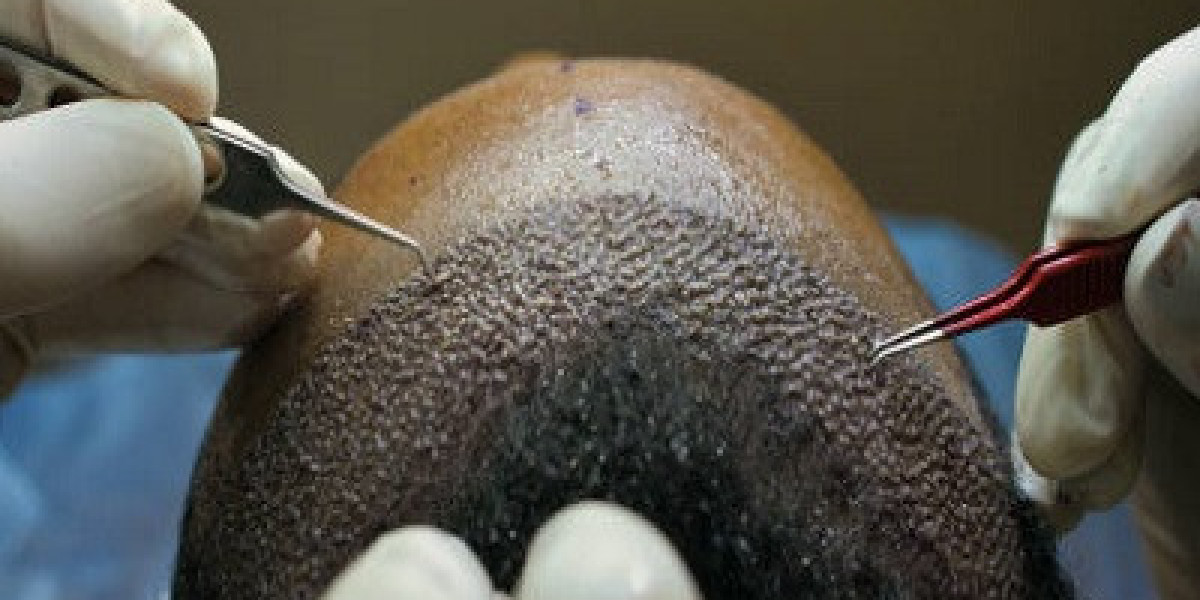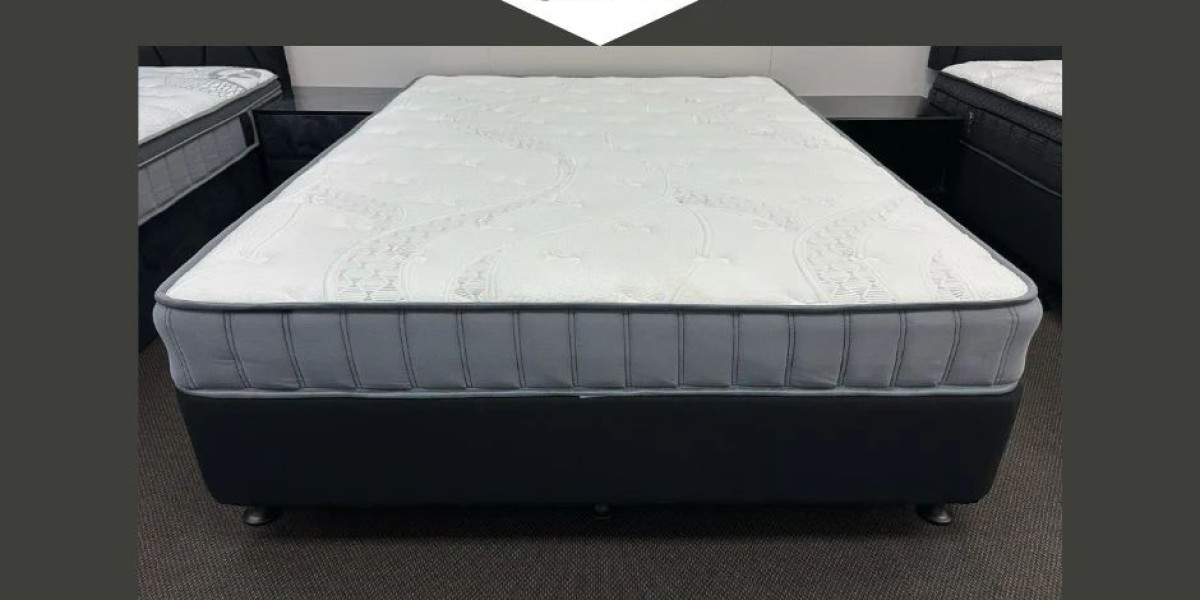Hair loss is a common concern affecting both men and women globally. Hair transplant surgery has become a trusted and long-lasting solution, restoring hairlines and boosting confidence. However, not all transplants yield the desired density or natural look in the first procedure. In such cases, patients often inquire whether a repeat hair transplant is possible and whether it can improve overall outcomes. If you are considering a Hair transplant in Islamabad, it is essential to understand when a second procedure may be appropriate, what it entails, and what results can realistically be achieved.
Why Some Patients Consider a Repeat Hair Transplant
While many hair transplant procedures deliver satisfactory results, there are cases where a second session becomes necessary. Reasons may include:
Insufficient density: The initial procedure may not have yielded the expected fullness due to limited graft availability or conservative planning.
Progressive hair loss: Hair loss in untreated areas may continue post-surgery, creating uneven patches or recession around the transplanted hair.
Poor results from earlier surgery: Some patients may have undergone a transplant years ago with outdated techniques like plug grafts, which are less natural-looking.
Scarring or trauma: In rare cases, scalp injuries or improper post-operative care can affect the initial outcome, requiring correction.
Hairline refinement: Some individuals seek improvements in hairline shape, symmetry, or detailing for a more aesthetically pleasing appearance.
When Is It Safe to Undergo a Second Hair Transplant?
Medical professionals usually recommend waiting at least 8 to 12 months after the first procedure before considering another transplant. This period allows:
Full hair growth and maturation of transplanted grafts
Accurate assessment of the initial results
Recovery of the donor area
Scalp stabilization
Performing a repeat procedure too early can compromise both the new and existing grafts and may lead to suboptimal results.
Assessing Donor Area Availability
One of the key factors in determining the feasibility of a repeat hair transplant is the availability of healthy donor hair. The donor zone, typically the back and sides of the scalp, should have:
Sufficient follicular density
Minimal scarring from the previous surgery
Good elasticity for extraction
If the donor area is overharvested or scarred, surgeons may explore alternative donor sources such as:
Beard area
Chest hair (in select male patients)
Body hair (in very specific cases)
An experienced surgeon will evaluate the donor region with digital imaging and scalp analysis before proceeding.
Surgical Approaches for Repeat Procedures
A second hair transplant can be performed using the same technique as the first or with a different one based on the patient's condition:
1. FUE (Follicular Unit Extraction)
FUE is often preferred for repeat procedures because it causes less trauma to the donor area and leaves minimal scarring. It is suitable for:
Small-to-moderate density improvement
Repair of unnatural hairlines
Addition of density in crown or temples
2. FUT (Follicular Unit Transplantation)
FUT may be considered if the donor area is limited or if large graft numbers are needed. It involves removing a strip of scalp tissue and dissecting it into follicular units. However, the procedure results in a linear scar and may not be ideal for patients concerned with visible scarring.
3. Combination Technique
In select cases, a hybrid approach of FUE and FUT is used to maximize graft yield in a single session while preserving donor resources.
What to Expect from a Repeat Hair Transplant
Patients should set realistic expectations for their second transplant. While the procedure can dramatically improve density, shape, and aesthetics, it is still subject to certain limitations:
Natural limitations of donor supply: Even the best donor areas have a finite number of harvestable grafts. Overharvesting can compromise results.
Scalp health: Scar tissue or poor blood supply in the recipient site may reduce graft survival.
Age and hair characteristics: Thinner hair, advanced age, or poor skin elasticity can influence the final look.
Surgeons will prioritize strategic graft placement and artistic planning to create a balanced, natural appearance.
Advantages of a Repeat Hair Transplant
When performed by a qualified specialist, a second hair transplant can provide significant benefits:
Increased coverage: Fill in sparse areas or areas previously left untreated.
Enhanced hairline: Refine and reshape for improved framing of the face.
Better blending: Harmonize transplanted hair with existing hair growth.
Correction of previous poor outcomes: Address plug-like grafts or poor angling from outdated techniques.
Patients often report a boost in satisfaction and confidence following a well-executed second session.
Post-Procedure Recovery and Care
Recovery from a repeat hair transplant is generally similar to the first, though slight variations may occur based on the technique used and donor area condition. Patients should expect:
Mild swelling, redness, and scabbing for a few days
Shedding of transplanted hair within 2–3 weeks
New growth beginning in 3–4 months
Full results in 10–12 months
It is essential to follow all post-operative care guidelines provided by the clinic, including avoiding sun exposure, heavy exercise, and smoking during recovery. Surgeons may also recommend topical or oral medications like minoxidil or finasteride to support growth and minimize further loss.
Should Everyone Consider a Repeat Hair Transplant?
Not all patients are ideal candidates for a second hair transplant. Factors such as:
Poor donor area quality
Uncontrolled medical conditions (e.g., diabetes, hypertension)
Unrealistic expectations
Psychological reasons or body dysmorphia
… may render a patient unsuitable. A qualified surgeon will conduct a thorough medical and aesthetic evaluation before recommending any surgical intervention.
Conclusion
A repeat hair transplant can be an excellent solution for those who have experienced unsatisfactory outcomes or continued hair loss after their initial procedure. When planned and performed with precision, it can significantly enhance hair density, correct visible flaws, and deliver more natural-looking results. However, it is crucial to approach repeat surgery cautiously, with a clear understanding of limitations, risks, and achievable outcomes. If you are considering a second Hair transplant in Islamabad, choosing the right clinic and an experienced surgeon is key to success. The SKN Cosmetics clinic offers advanced diagnostic tools, skilled professionals, and customized treatment plans to ensure the highest level of patient satisfaction in both first-time and repeat hair transplant procedures.



